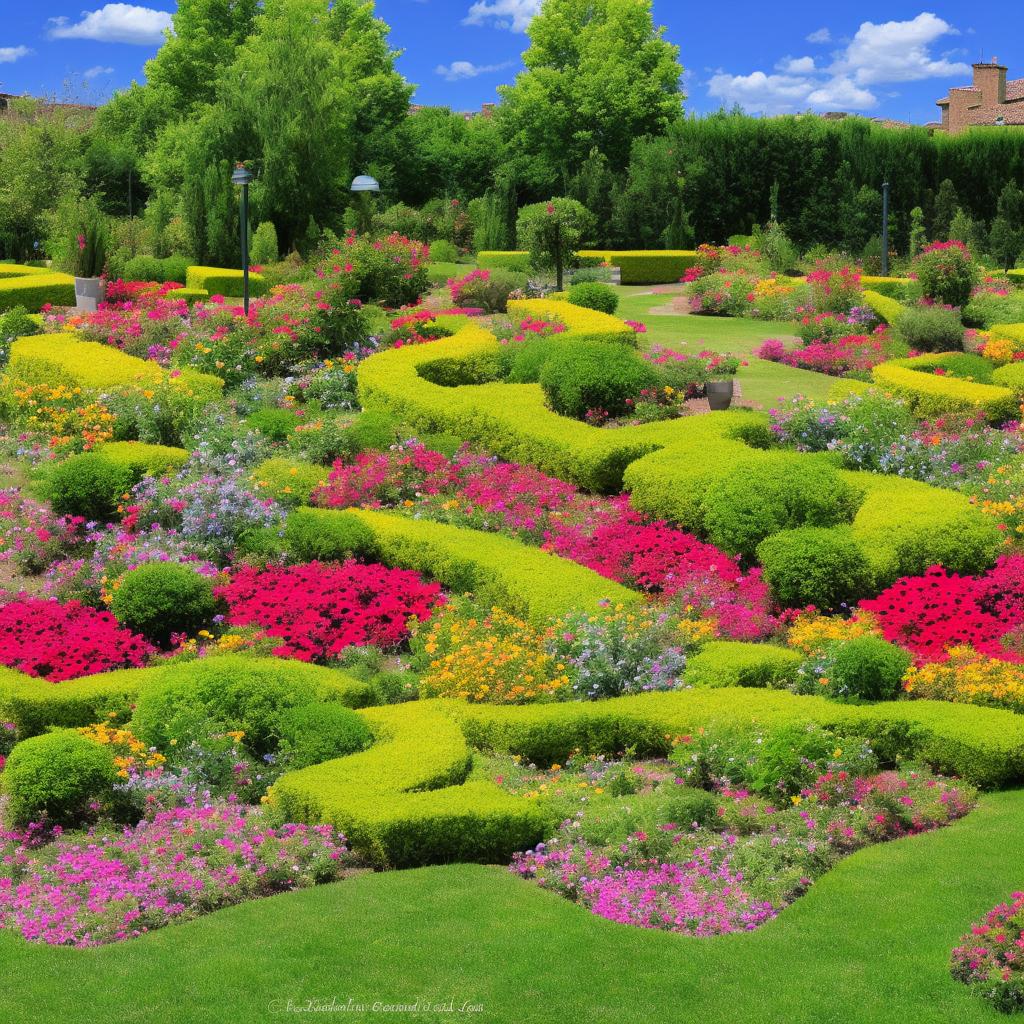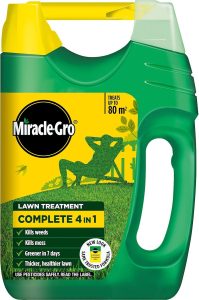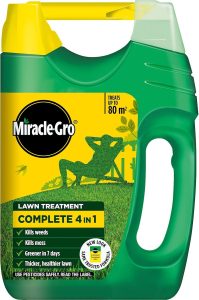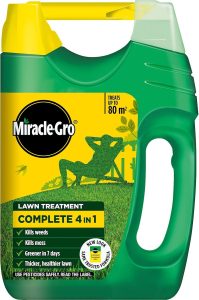Gardens have a magical way of bringing peace and tranquility to our lives, but the upkeep can sometimes feel like a never-ending battle. If you’re tired of spending your weekends weeding and pruning, it might be time to consider designing a low-maintenance garden. By carefully selecting plants and creating smart design features, you can enjoy a beautiful outdoor space without the constant stress of upkeep. Join us as we explore the tips and tricks for creating a low-maintenance garden that will leave you more time to relax and enjoy the beauty of nature.
Planning for Success
When designing a low-maintenance garden, it’s important to choose plants that require minimal care and attention. Consider opting for native plants that are well-suited to your climate and soil conditions. These plants are naturally more resilient and are less likely to require frequent watering or fertilizing.
Another key aspect of a low-maintenance garden is efficient planning and layout. Create designated areas for different types of plants to make watering and maintenance tasks more manageable. Utilize mulch to help retain moisture and reduce weed growth. Additionally, incorporate drought-tolerant plants and perennial flowers to minimize the need for replanting each season. By following these tips, you can design a beautiful garden that thrives with minimal effort.
Selecting Low-Maintenance Plants
When it comes to designing a low-maintenance garden, selecting the right plants is key. Opting for plants that require minimal care and attention can help you create a beautiful outdoor space that doesn’t require constant upkeep. Some low-maintenance plants to consider for your garden include:
- Succulents: These drought-resistant plants come in a variety of shapes and sizes, making them a versatile option for any garden.
- Lavender: Known for its fragrant blooms and ability to repel pests, lavender is a great choice for a low-maintenance garden.
- Hostas: These shade-loving plants are easy to care for and can add a pop of color to any garden.
| Plant | Care Level |
|---|---|
| Succulents | Low |
| Lavender | Low |
| Hostas | Low |
By incorporating these low-maintenance plants into your garden design, you can spend less time tending to your plants and more time enjoying your outdoor space. Remember to consider factors such as sunlight levels, soil quality, and climate when selecting plants to ensure they thrive in their new environment.
Incorporating smart Irrigation Systems
Using smart irrigation systems in your garden can greatly enhance its overall design and functionality. By incorporating technology into your watering routine, you can ensure that your plants receive the right amount of water at the right time, helping them thrive and reducing the amount of maintenance required. Smart irrigation systems use sensors to monitor soil moisture levels, weather forecasts, and plant water requirements, allowing for precise and efficient watering schedules.
One key benefit of smart irrigation systems is their ability to save water. By only watering when necessary and in the right amounts, these systems help conserve water resources while also preventing overwatering and water wastage. Additionally, smart irrigation systems can be programmed and controlled remotely, allowing you to adjust watering schedules from anywhere using your smartphone or computer. This level of convenience makes maintaining a healthy garden easier and more manageable, freeing up time for you to enjoy your outdoor space.
Mulching for Easy Maintenance
When designing a low-maintenance garden, utilizing mulching is an excellent way to simplify upkeep and promote plant health. Mulch acts as a protective layer over the soil, helping to retain moisture, suppress weeds, and regulate soil temperature. By reducing the need for watering and weeding, mulching allows for more time to enjoy your garden rather than tending to it constantly.
There are several types of mulch to choose from, including organic materials like wood chips, bark, straw, and compost, as well as inorganic options like gravel or stones. Each type has its own advantages and aesthetics, so selecting the right mulch for your garden will depend on your personal preferences and the specific needs of your plants. Regardless of the type chosen, applying a layer of mulch around your garden beds and trees will not only improve the overall appearance of your outdoor space but also make maintenance a breeze.
Closing Remarks
In conclusion, creating a low-maintenance garden is not only an investment in saving time and effort but also in cultivating a sustainable and harmonious outdoor space. By carefully selecting low-maintenance plants, setting up efficient irrigation systems, and incorporating durable hardscaping elements, you can create a garden that thrives with minimal upkeep. With the right planning and execution, your low-maintenance garden will provide a serene escape and a source of joy for years to come. So, roll up your sleeves, put on your gardening gloves, and let your creativity bloom in designing your very own low-maintenance paradise. Happy gardening!




